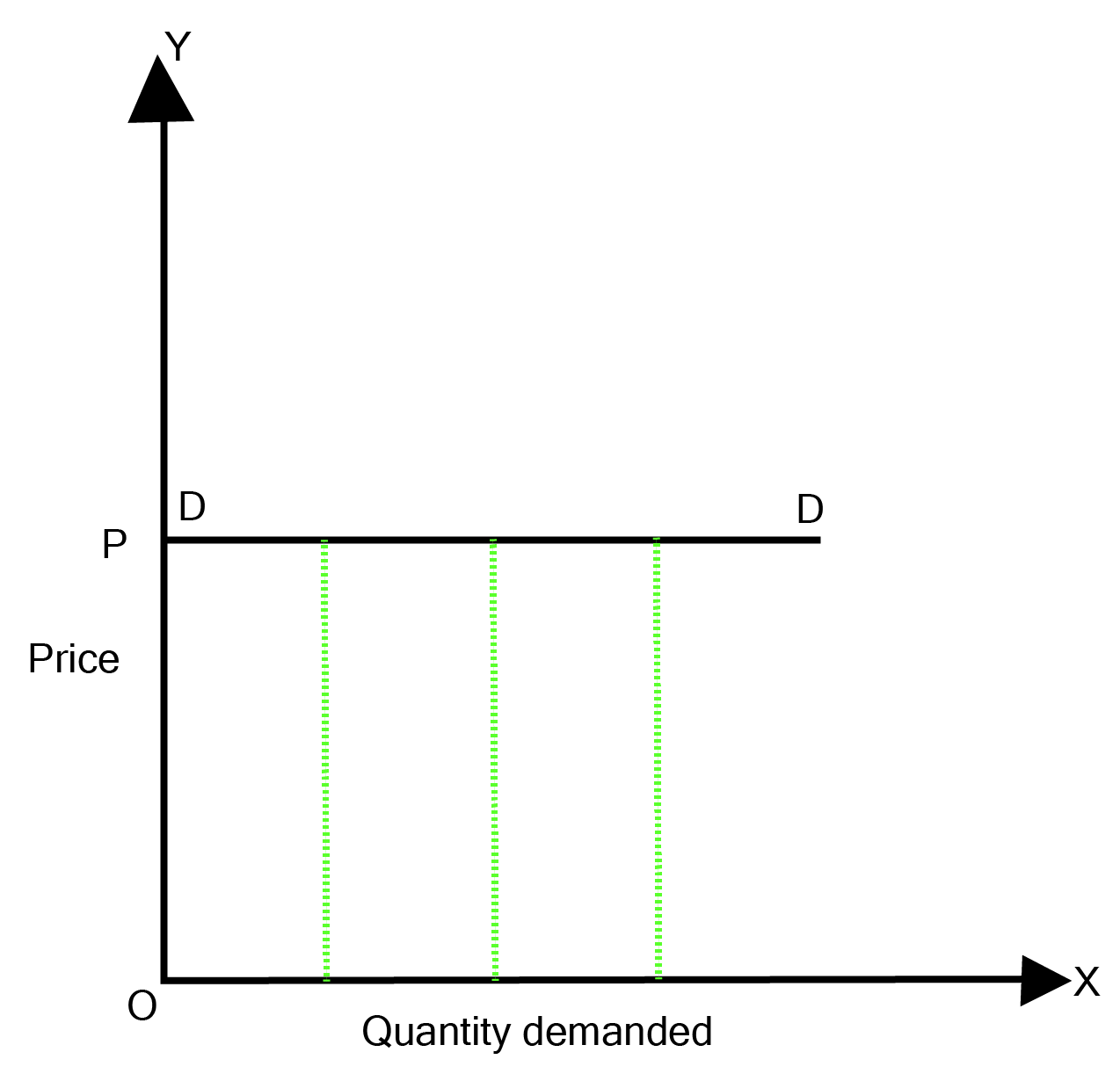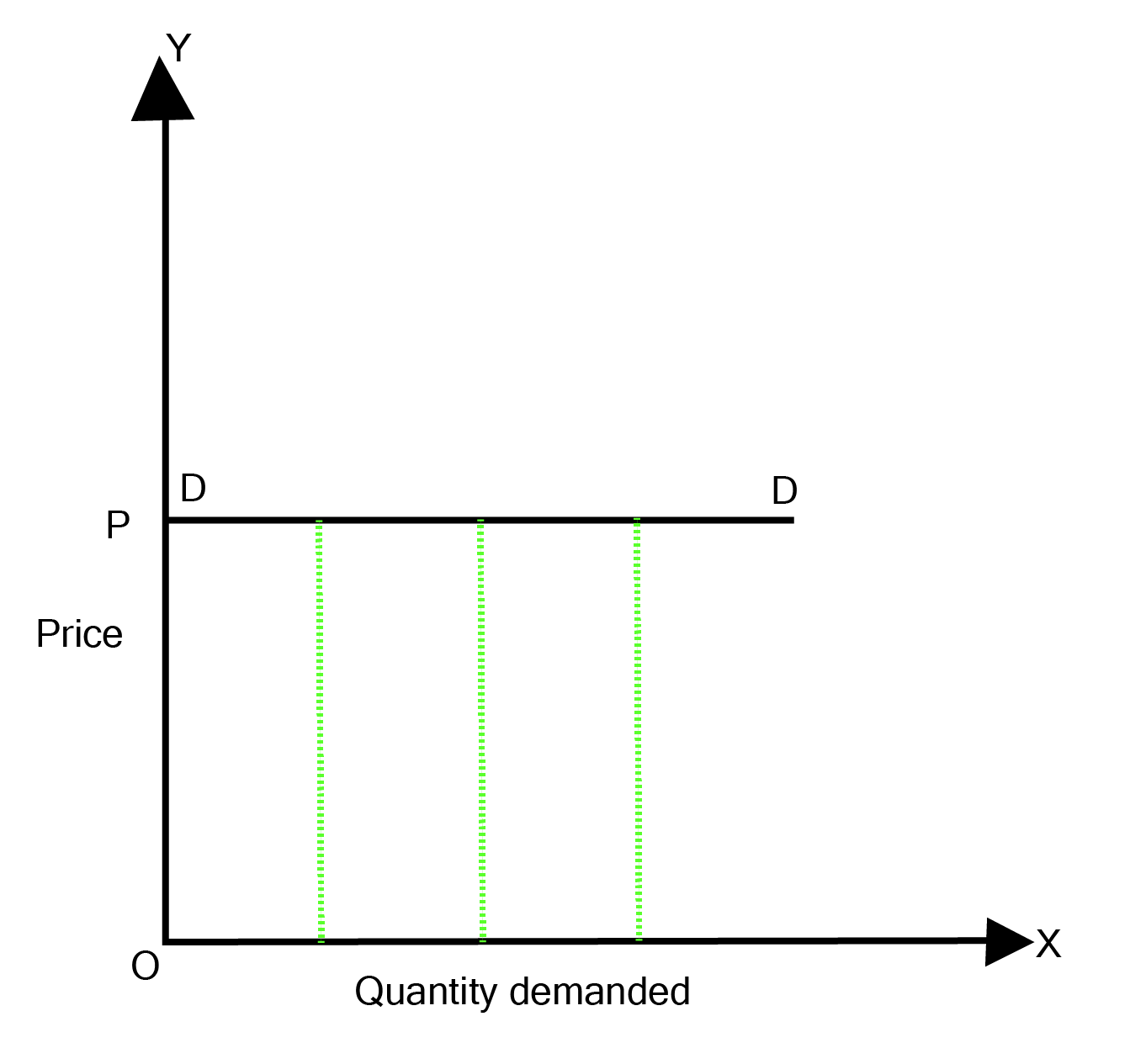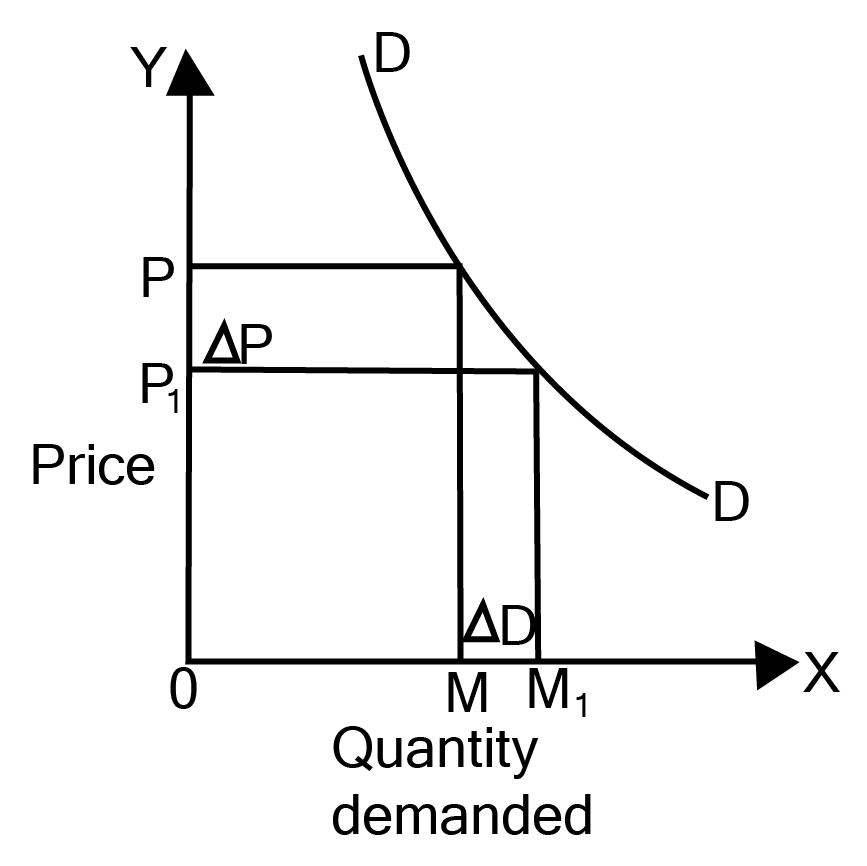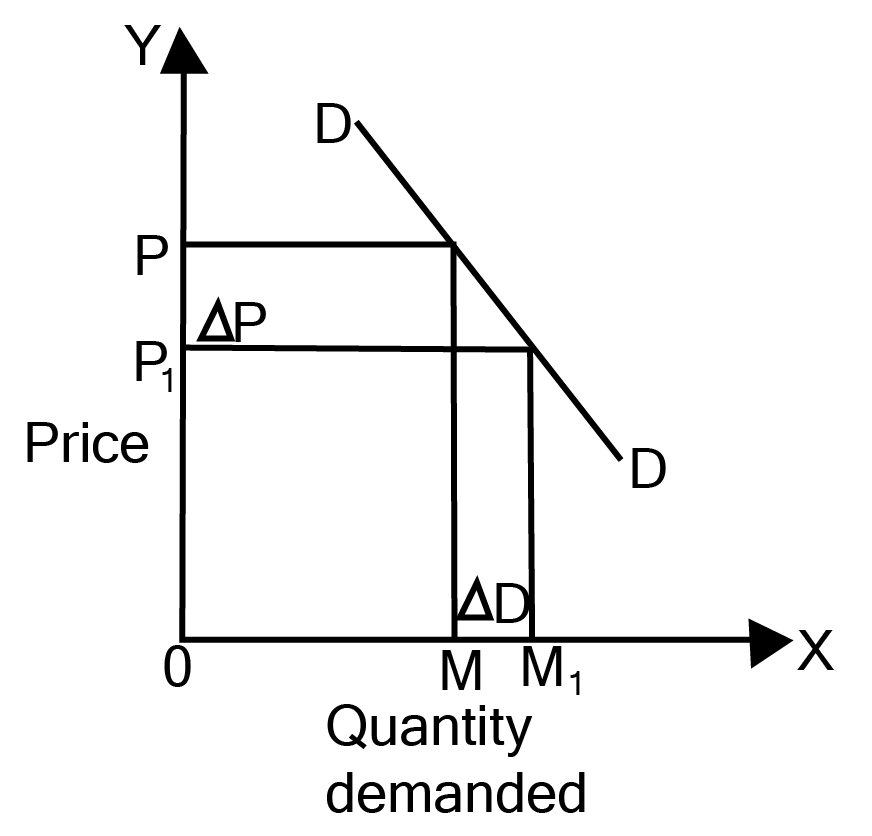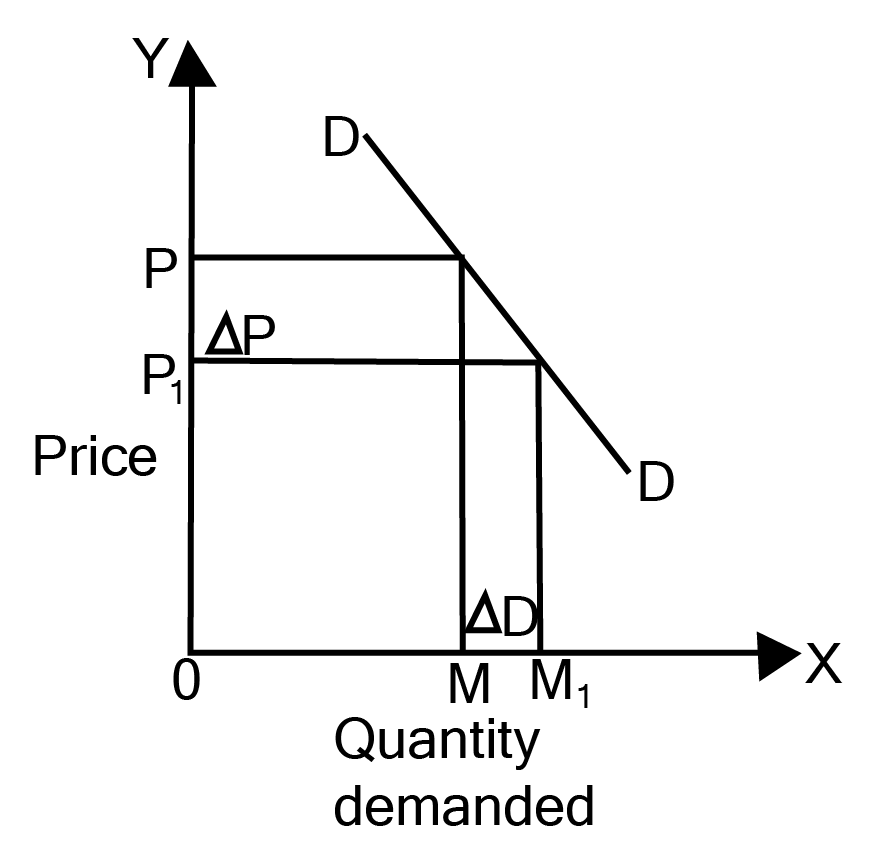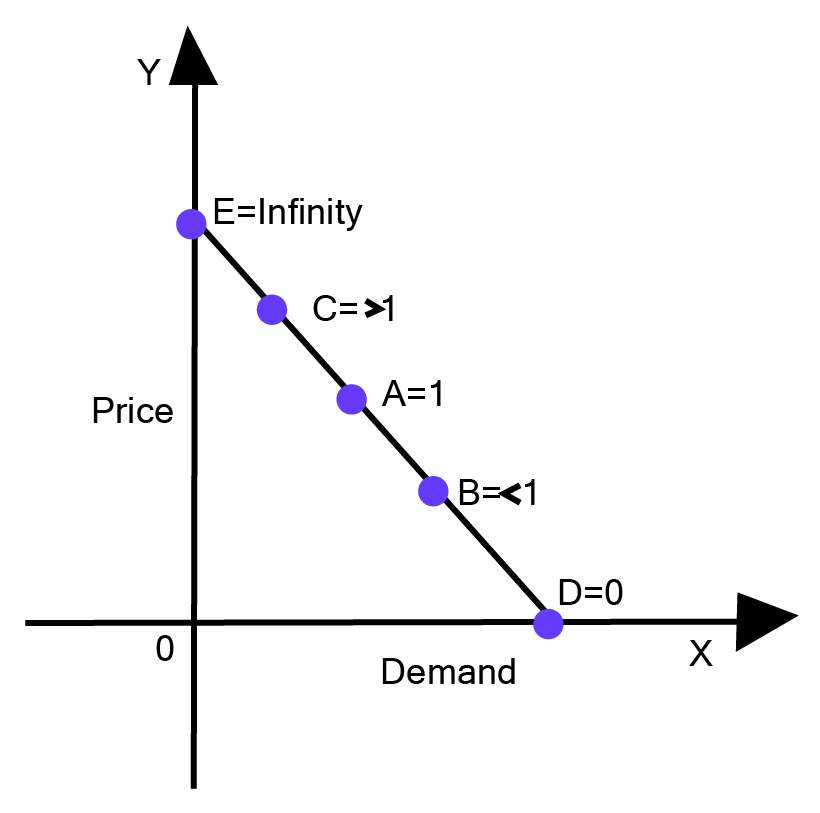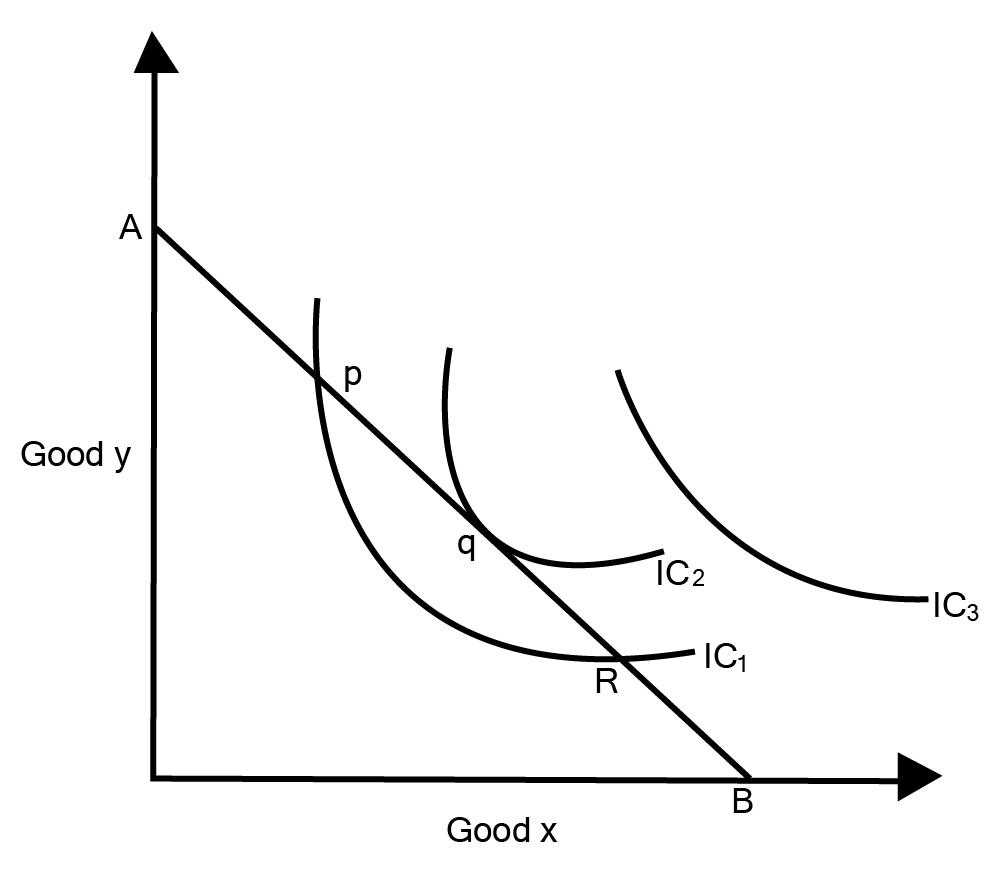Theory of Consumer Behaviour Class 12 Extra Questions and Answers Free PDF Download
FAQs on CBSE Important Questions for Class 12 Economics Theory of Consumer Behaviour - 2025-26
1. What is the law of diminishing marginal utility and why is it considered an important question for the CBSE Class 12 Economics exam?
The law of diminishing marginal utility states that as a consumer consumes more successive units of a commodity, the additional satisfaction (marginal utility) derived from each extra unit decreases. This is a foundational concept in the Theory of Consumer Behaviour and is frequently tested in exams, often as a 1 or 3-mark question, because it explains the basis for consumer demand and the downward slope of the demand curve.
2. How are Total Utility (TU) and Marginal Utility (MU) related? Explain the stage where TU is maximum.
The relationship between Total Utility (TU) and Marginal Utility (MU) is a key topic for board exams.
- TU is the sum of all MUs from the units consumed (TU = ΣMU).
- Initially, as long as MU is positive, TU increases.
- When TU reaches its maximum point, MU becomes zero. This point is also known as the point of satiety.
- If consumption continues after this point, MU becomes negative, and TU starts to fall.
3. Explain the conditions for consumer's equilibrium using indifference curve analysis, a high-weightage topic for the 2025-26 board exam.
Consumer's equilibrium under indifference curve analysis is achieved when the consumer maximizes their satisfaction given their income and the prices of goods. For a 6-mark question, you must explain two primary conditions:
- The budget line must be tangent to the highest possible indifference curve. At this point, the Marginal Rate of Substitution (MRS) is equal to the ratio of prices of the two goods (MRSxy = Px/Py).
- The indifference curve must be convex to the origin at the point of tangency, which implies a diminishing MRS.
4. Why must an indifference curve be convex to the origin? What core assumption of consumer behaviour does this reveal?
An indifference curve is convex to the origin due to the principle of diminishing Marginal Rate of Substitution (MRS). This is a crucial concept for HOTS questions. It reflects the assumption that as a consumer has more of one good (e.g., Good X), they are willing to give up fewer and fewer units of another good (Good Y) to obtain an additional unit of Good X while maintaining the same level of satisfaction. This shows that the two goods are imperfect substitutes.
5. What are the key properties of an indifference curve that are important for Class 12 exam questions?
For exam purposes, you should know at least three key properties of indifference curves:
- Indifference curves slope downward to the right: This shows that to maintain the same level of satisfaction, if the consumption of one good increases, the consumption of the other must decrease.
- Higher indifference curves represent higher levels of satisfaction: This is due to the assumption of monotonic preferences.
- Two indifference curves can never intersect: Intersecting curves would imply a logical contradiction in consumer preferences.
6. What is a budget line and what are the two main reasons that can cause it to shift?
A budget line represents all possible combinations of two goods that a consumer can purchase with their given income and the prices of the goods. A shift in the budget line is a frequently tested concept. The two reasons for a shift are:
- A change in the consumer's income: An increase in income shifts the budget line to the right (outward), while a decrease shifts it to the left (inward), parallel to the original line.
- A change in the price of either or both goods: A change in price causes the budget line to pivot or rotate, changing its slope.
7. A household's demand for wheat is 40 kg when the price is ₹1 per kg. If the price elasticity of demand is unity (Ed=1), at what price will the household demand 36 kg of wheat?
This is a typical numerical question worth 3-4 marks. Given: Ed = 1, P = ₹1, Q = 40 kg, Q1 = 36 kg. First, find ΔQ = Q1 - Q = 36 - 40 = -4 kg. Using the formula Ed = (ΔQ/ΔP) × (P/Q), we get: 1 = (-4/ΔP) × (1/40). Solving for ΔP, we find ΔP = -4 / -40 = ₹0.10. The new price (P1) is P + ΔP = 1 + 0.10 = ₹1.10 per kg. The household will demand 36 kg of wheat at ₹1.10 per kg.
8. What is a common mistake students make when distinguishing between 'change in quantity demanded' and 'change in demand' in board exams?
A common error is using the terms interchangeably. 'Change in quantity demanded' refers to a movement along the same demand curve caused solely by a change in the commodity's own price. In contrast, a 'change in demand' refers to a shift of the entire demand curve (either rightward or leftward) caused by factors other than price, such as income, tastes, or prices of related goods. Confusing these can lead to losing marks in both MCQ and short-answer questions.
9. State the law of equi-marginal utility and its mathematical expression, as required for the CBSE 2025-26 syllabus.
The law of equi-marginal utility, also known as the law of maximum satisfaction, states that a consumer allocates their income across different goods in such a way that the marginal utility derived from the last rupee spent on each good is equal. For a two-commodity case (X and Y), the condition for equilibrium is expressed as: MUx / Px = MUy / Py = MU of Money.
10. How would an unexpected increase in a consumer's income affect their equilibrium point for a normal good versus an inferior good?
This is an application-based question (HOTS). When income increases, the budget line shifts to the right.
- For a normal good, the consumer will move to a new equilibrium point on a higher indifference curve, consuming more of the good. The demand for normal goods has a positive income effect.
- For an inferior good, the consumer will also move to a new equilibrium on a higher indifference curve (due to higher overall satisfaction), but they will purchase less of the inferior good. The demand for inferior goods has a negative income effect.
11. Why is it impossible to determine consumer equilibrium with only an indifference map or only a budget line?
This question tests the core logic of the theory. An indifference map only shows what a consumer is willing to buy (their preferences and satisfaction levels), without considering their ability to pay. On the other hand, a budget line only shows what a consumer is able to buy (their purchasing power), without revealing their satisfaction preferences. Therefore, consumer equilibrium can only be determined by combining both—finding the point on the budget line that touches the highest possible indifference curve.

























